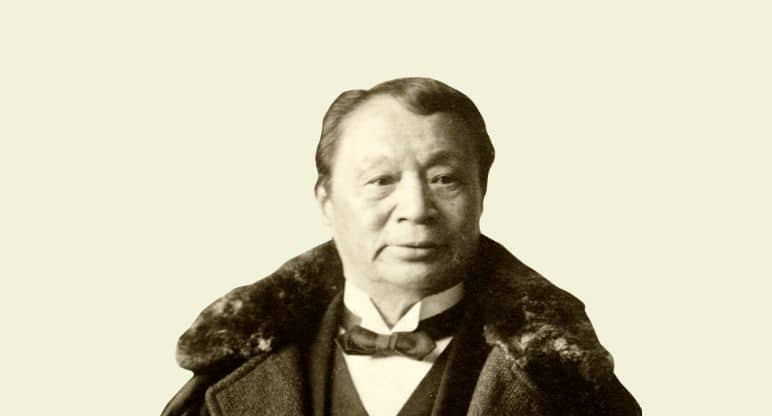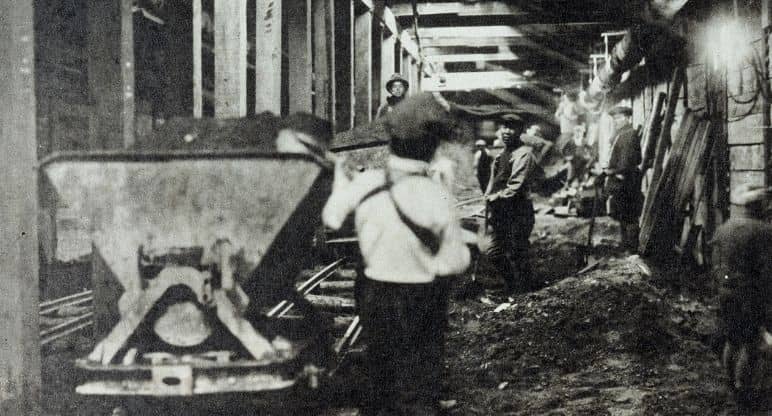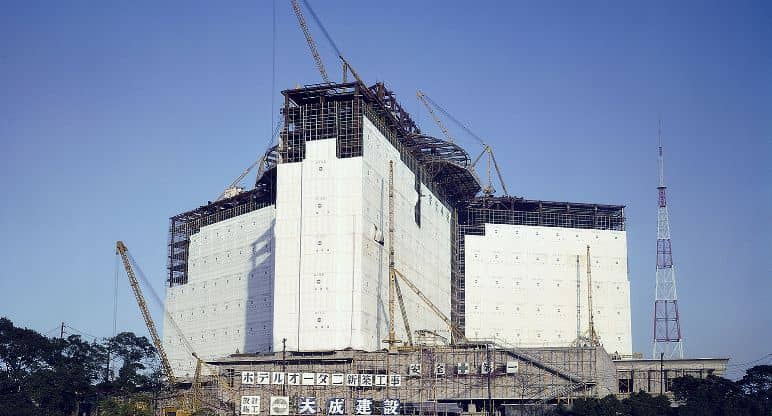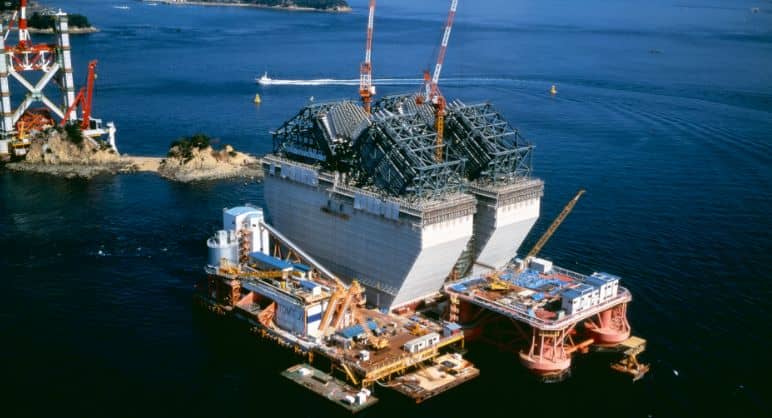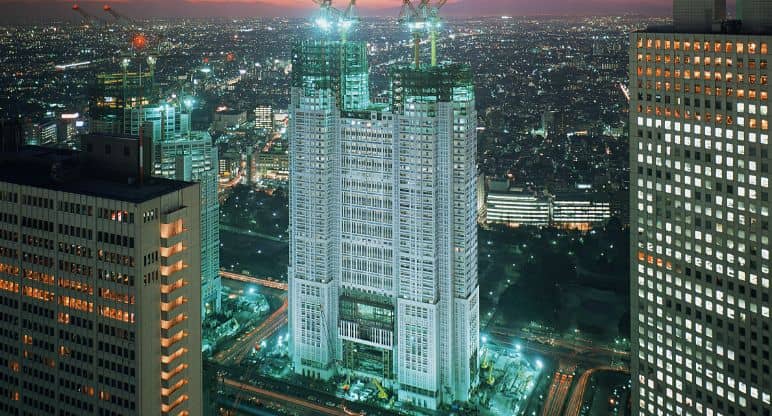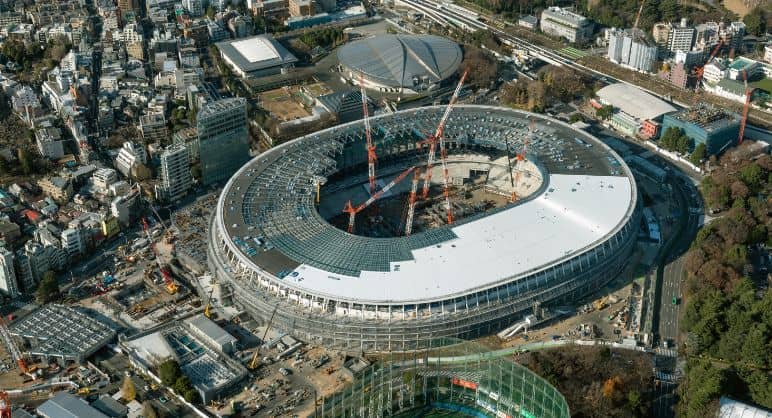-
1990

1991
Tokyo Metropolitan Government No.1 Bldg
Tokyo

1992
Aichi Arts Center
Aichi

1992
Kikuma National Petroleum Stockpiling Base , Underground rock cavern tank
Ehime
![Kobe Awaji Naruto Expressway Akashi Kaikyo Bridge 3P [substructure part 2]](../assets/img/history/1990-2005-04.jpg)
1992
Kobe Awaji Naruto Expressway Akashi Kaikyo Bridge 3P [substructure part 2]
Hyogo

1993
Tokyo International Airport (Haneda) Passenger Terminal 1
Tokyo

1993
The Landmark Tower
Kanagawa

1994
Ebisu Garden Place
Tokyo

1994
Kannongawa, Channel for Rainwater Retention Tank
Kanagawa

1996
Tokyo International Forum Hall Complex
Tokyo
![Tokyo Bay Aqua-line [Kaze no Tou]](../assets/img/history/1990-2005-10.jpg)
1997
Tokyo Bay Aqua-line [Kaze no Tou]
Kanagawa
The first Imperial Invention Prizes for both building construction and civil engineering technologies
The “Taisei Truss” developed by our company won the first Imperial Invention Prize in the area of building construction and civil engineering in 1967. This was granted for the most superior invention of the year. The Taisei Truss is a unique space truss with superior dynamic characteristics, such as lightness and high rigidity. It enables prefabrication using identical units. As a pioneering space truss that can compose free curved surfaces, the Taisei Truss was broadly used for large facilities without columns, such as in power plants, other types of plants, and domes. Moreover, the rotating shield method, which we jointly developed with Ishikawajima-Harima Heavy Industries Co., Ltd. (currently known as IHI Corporation), won the Imperial Invention Prize for the first time in civil engineering technology in 1997. With the rotating shield method, a single shield machine continuously excavates shafts and tunnels. The rotating shield method varies from the Horn method, which allows continuous excavation in both the vertical and horizontal directions or in the horizontal direction alone; the Kurun method, which allows bit replacement from the inside shield machine by sphere rotation; and the Derun method, which allows excavation of a shaft from a tunnel to the ground. We are the only corporation that has won the Imperial Invention Prizes for both technologies of building construction and civil engineering.


The popular advertising copy, “Work that remains on the map”
“Work that remains on the map” became a renowned expression in advertising copy. It began to be used as a tagline in newspaper advertisement in December 1991. This expression was used for the purpose of supporting the construction industry as a whole, which had tended to be avoided because the work of the industry was considered as “3D (dirty, dangerous, and demanding) jobs.” Our advertising received great responses. Family members of other companies in the same industry sent us messages of empathy and gratitude. The series using this copy expression won the Nihon Shinbun Kyokai Newspaper Advertising Prize in 1993. In a television commercial, the version focusing on the Seto Ohashi Bridge won an ACC Tokyo Creativity Award for excellence, sponsored by the All Japan Radio & Television Commercial Confederation. It was also selected for an “Advertisement Contest, TV Commercial Category: Useful for Consumers” award for excellence, sponsored by the Japan Advertisers Association. “Work that remains on the map” has become representative of our business brand and been extensively used as a registered trademark.

-

1998
Odakyu Southern Tower, Shinjuku Southern Terrace
Tokyo

1998
GATE CITY OHSAKI
Tokyo

1999
JR Central Towers
Aichi

1999
The Second Freeway, Kao Ping Hsi Bridge, Taiwan
Taiwan
2000

2000
Saitama Super Arena
Saitama

2001
Sapporo Dome
Hokkaido

2003
National Theatre Okinawa
Okinawa

2004
Takamatsu Symbol Tower
Kagawa

2005
CHUBU Centrair International Airport
Aichi

2005
Shin-Tomei Expressway Fujigawa Bridge
Shizuoka
